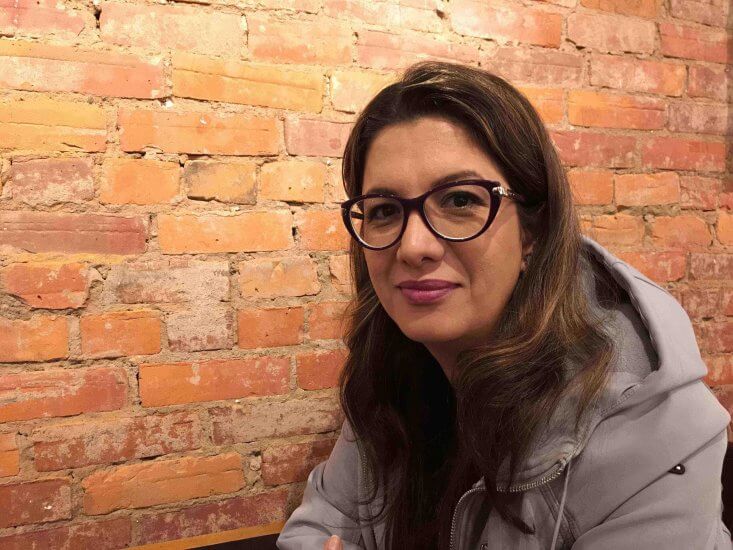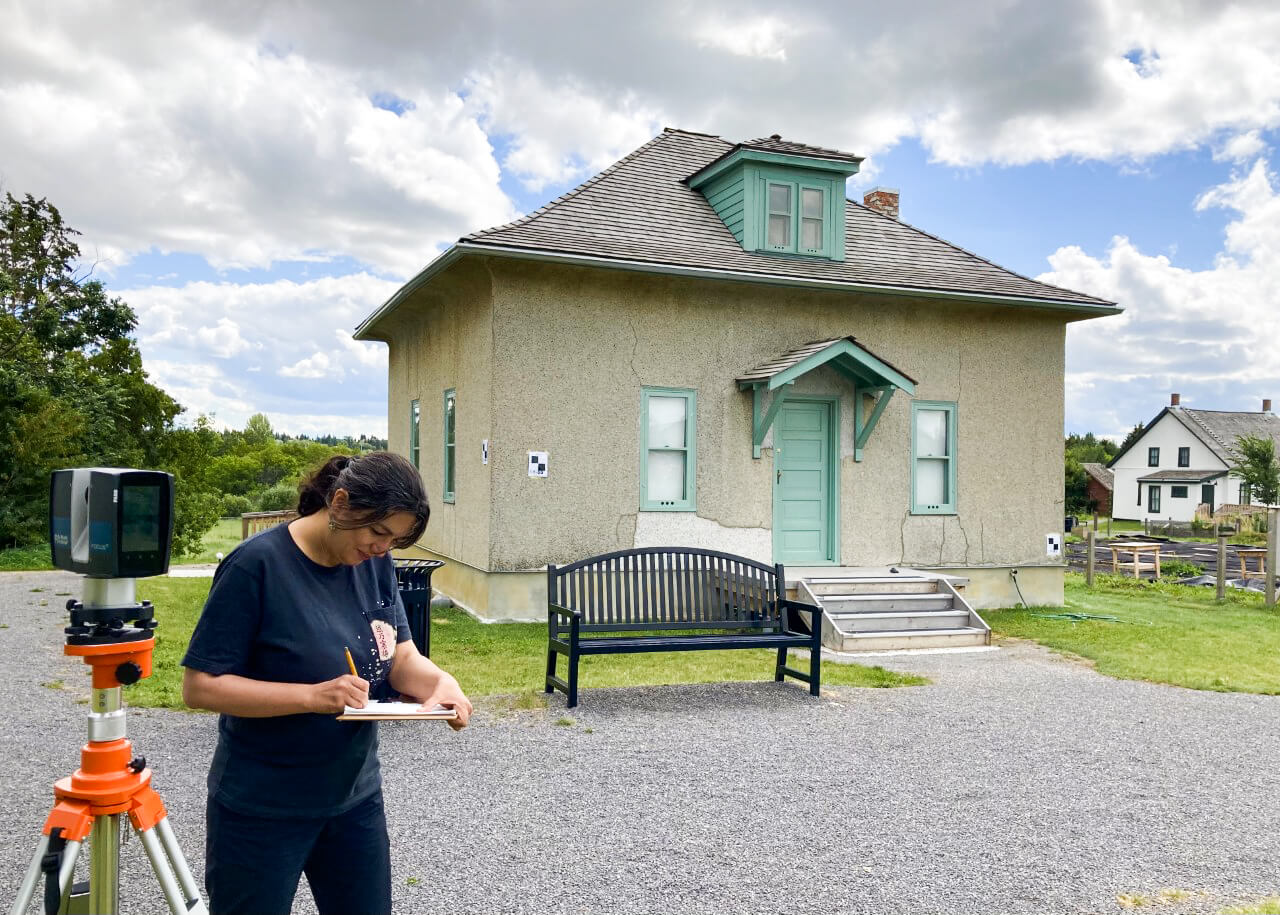Athabasca University professor earns recognition for international contributions to promotion of excellence in Canadian museology
Athabasca University (AU) associate professor Dr. Shabnam Inanloo Dailoo has been awarded the International Achievement Award from the International Council of Museums (ICOM) Canada for her contributions to the heritage field and the advancement and support of museology worldwide.

Inanloo Dailoo, director of AU's Heritage Resources Management program, didn't set out for a career in conservation.
She initially studied environmental engineering and environmental design and envisioned a career in landscape architecture. What sparked her interest in heritage conversation was the relationship between people and places.
It was then, after working in historic environments, that she realized she had a passion for cultural landscapes and for a better understanding of their contributions to society rather than merely designing new places. So, she refocused her training on the heritage field.
"It really wasn't a straightforward path for me," she says of her career. "It took different shapes and waves."
Promoting partnerships in museum studies and heritage conservation
Since joining AU in 2014, Inanloo Dailoo has worked to build numerous partnerships between the university and heritage organizations and other universities in Canada and around the world.
One of these partnerships with the International Centre for the Study of the Preservation and Restoration of Cultural Property (ICCROM) led to AU hosting the 2022 ICCROM International Summer School on Communication and Teaching Skills in Conservation and Science.
In close collaboration with Parks Canada, the Government of Alberta's heritage division, and St. Albert Arts and Heritage Foundation, the summer school brought academics and professionals in the field of heritage conservation together to examine creative and alternative approaches to learning about conservation and science while studying existing field practices.
For Inanloo Dailoo, creating partnerships, collaborating with others, and building relationships are vital to furthering heritage conservation.
"I talk about the collaborative and interdisciplinary nature of the heritage field with my students all the time," she says.
"Emerging heritage professionals have to learn to work as a team and with people from different disciplinary areas. They have to learn to acknowledge, understand, and respect different cultural perspectives."
Thanks to these relationships, Inanloo Dailoo can leverage a wide network of professionals to collaborate on projects and lend their expertise and knowledge-for the benefit of students.

Award comes as a surprise
Inanloo Dailoo was surprised to learn she received the ICOM Canada International Achievement Award. She said she appreciated that her collaborative approach to academic work and her ongoing efforts in connecting theory and practice in museum and heritage studies have been acknowledged.
"It came as a surprise," she says. "I didn't start my career in museums but have worked with museums in Alberta and beyond and supervised students working in museums and historic sites. Being recognized as someone who has played a role in putting Canadian museums on the world stage is very special."
Reflecting on her recent projects, Inanloo Dailoo said she has even more appreciation for the value of building relationships in the heritage field, and the mutual benefits of working with local museums and historic sites, local and national governments, and international organizations in order to exchange knowledge and expertise.
"I couldn't have done it alone. But it's really nice to see others recognize the value of collaboration as well."

Dispelling misconceptions about heritage conservation
The common misconception when it comes to heritage conservation, she adds, is that people think it's just about protecting tangible aspects of heritage-like buildings and artifacts. However, heritage conservation is more than physical remains from the past and covers the protection of everything that is valuable to people and their communities.
"Heritage is about tangible and intangible values; it is about stories, oral histories, traditions, associated values, how we view the world around us, and our relationships with the land," she said.
"Heritage conservation is about protecting values; protecting what we have now, what's been left for us from previous generations, and safeguarding them for future generations."
Now approaching her 10-year anniversary at AU, Inanloo Dailoo notes that the field of heritage conservation has shifted.
Societal events such as the Truth and Reconciliation Commission's Calls to Action report, the climate change crisis, and the Black Lives Matter movement have all impacted the heritage field. Specifically, when looking at climate change, heritage professionals are seeing a great urgency to protect culturally important sites.
"There's a common saying in the field that heritage conservation is climate action," says Inanloo Dailoo.
"It's about how we as heritage professionals are responding to these important matters and how we are preparing the next generation of heritage and museum professionals.
"My hope for the future is that our students have learned to understand different perspectives and respect different layers of values in heritage, and are ready to apply their skillsets and learnings, and serve as a positive source to address conciliation/reconciliation social justice, and climate action matters and respond to the societal needs."